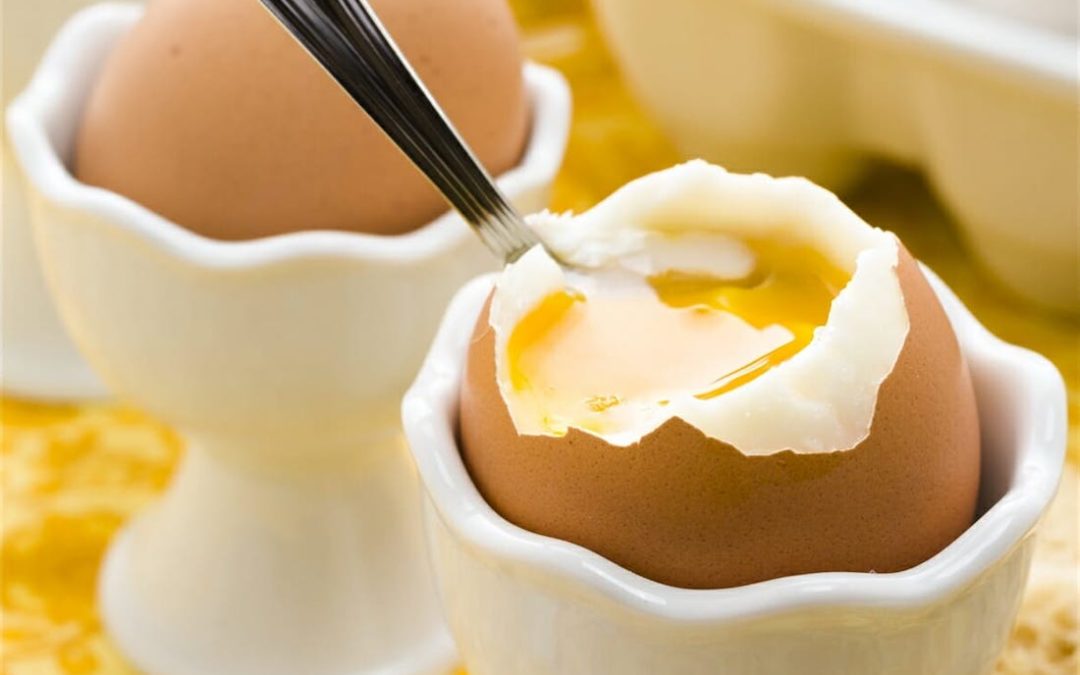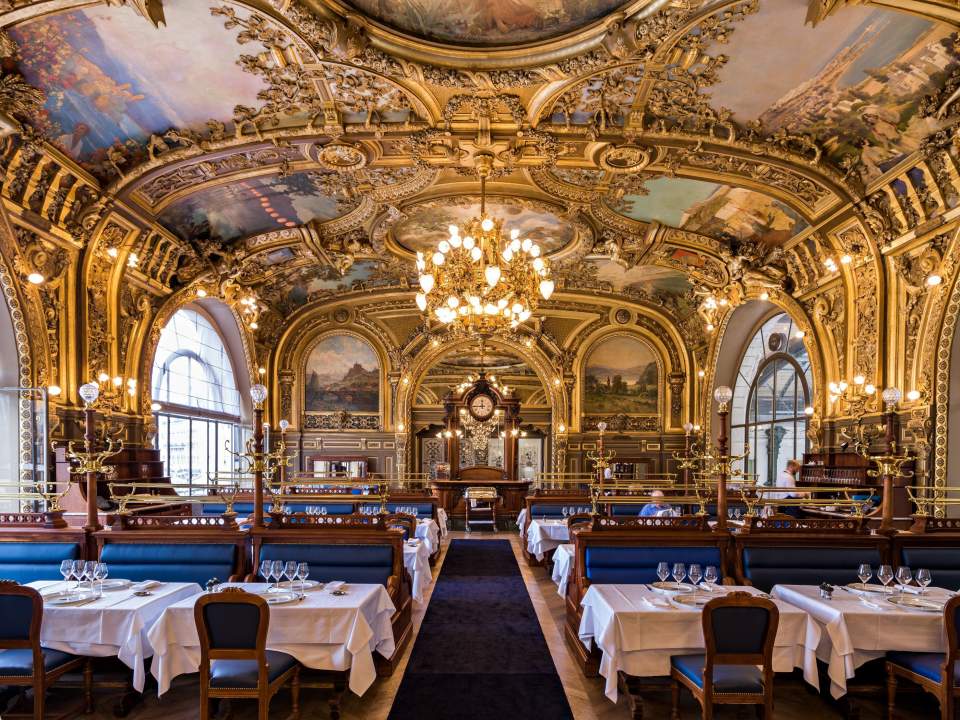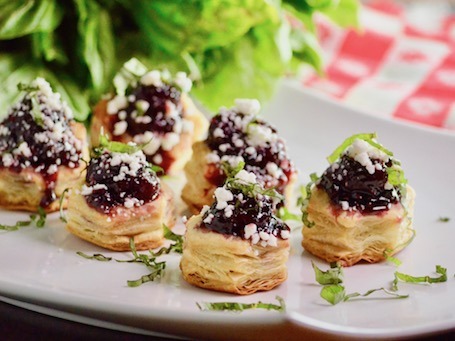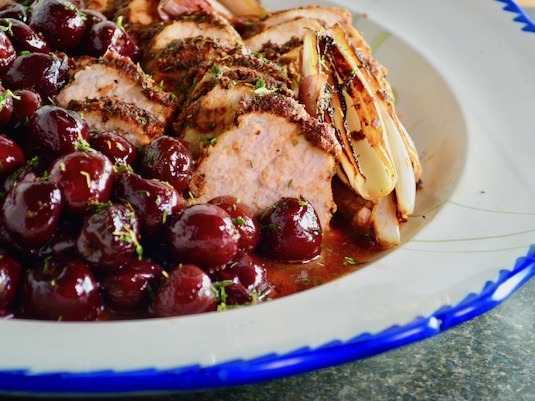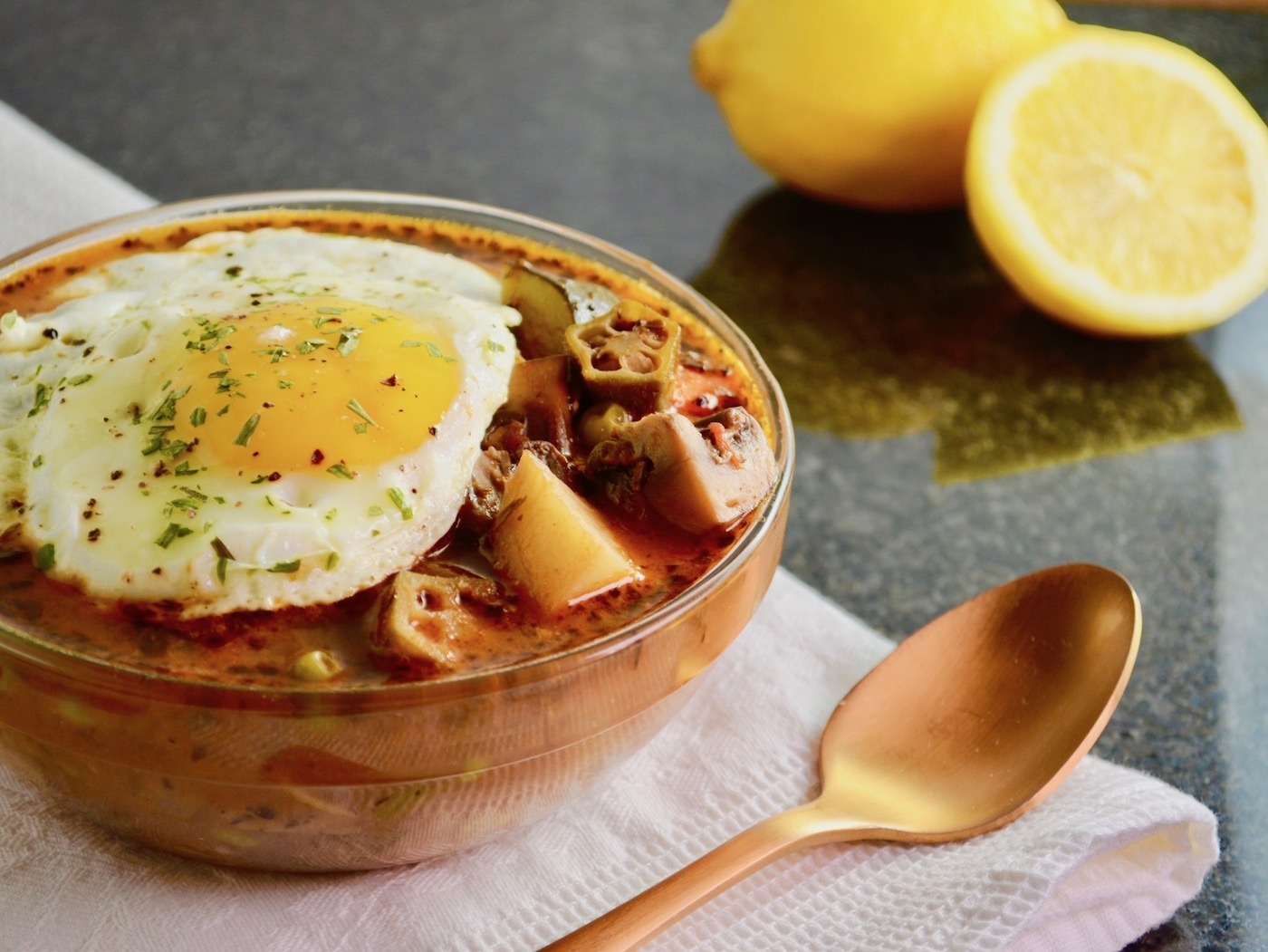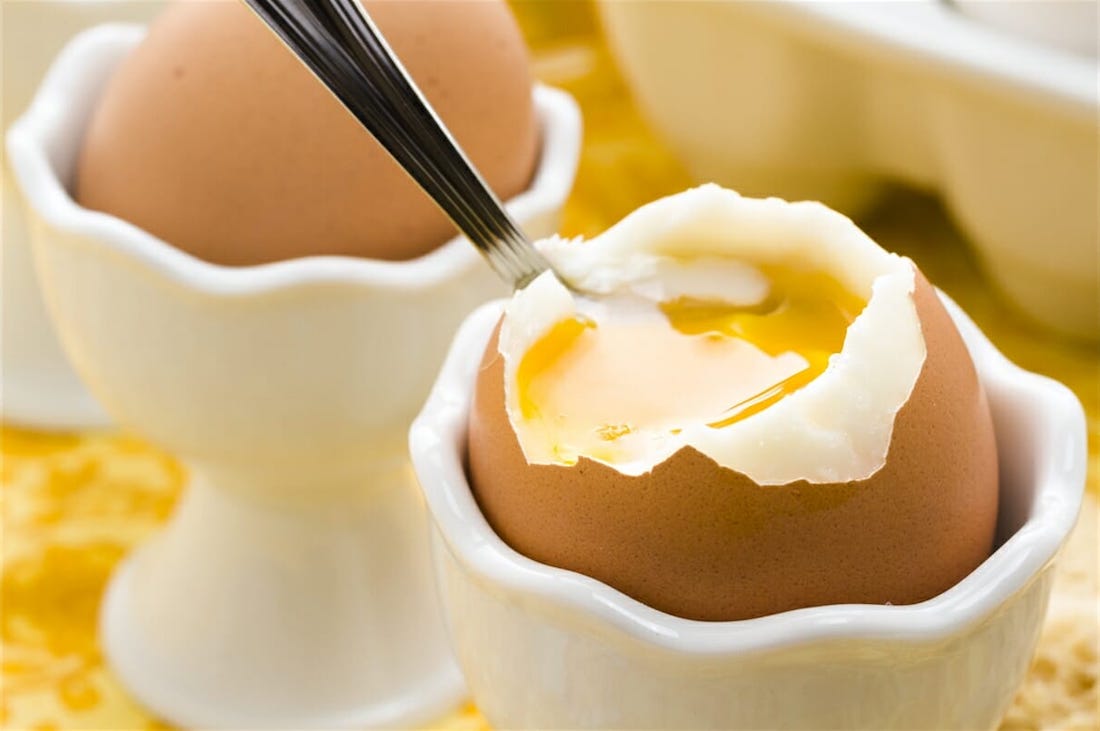
What You Need To Know About Eggs
The glorious, unadulterated, sheer perfection of the egg, but here’s what you need to know about eggs. The French celebrity of egg in cuisine and culture is both intensely emotional and intellectual. The egg arrogantly embodies flavors of cream and cheese while being neither. The original town and country companion as it comforts with great sophistication. It’s an irritatingly perfect balance of fat and protein. As a result, it demands organic.
As a chef, I bow to the egg in all cuisine. But one would be hard pressed to approach or dominate French cuisine without the use of an egg. French culinary triumphs rule the day with the soufflé, mayonnaise, merengue, creme brûlée, cake, omelette, salad nicoise, croquet madame — all impossible without the egg. Certainly, this is a short list.
Oh precious hen — we love you!
What You Need to Know About Eggs: From Farm to Market

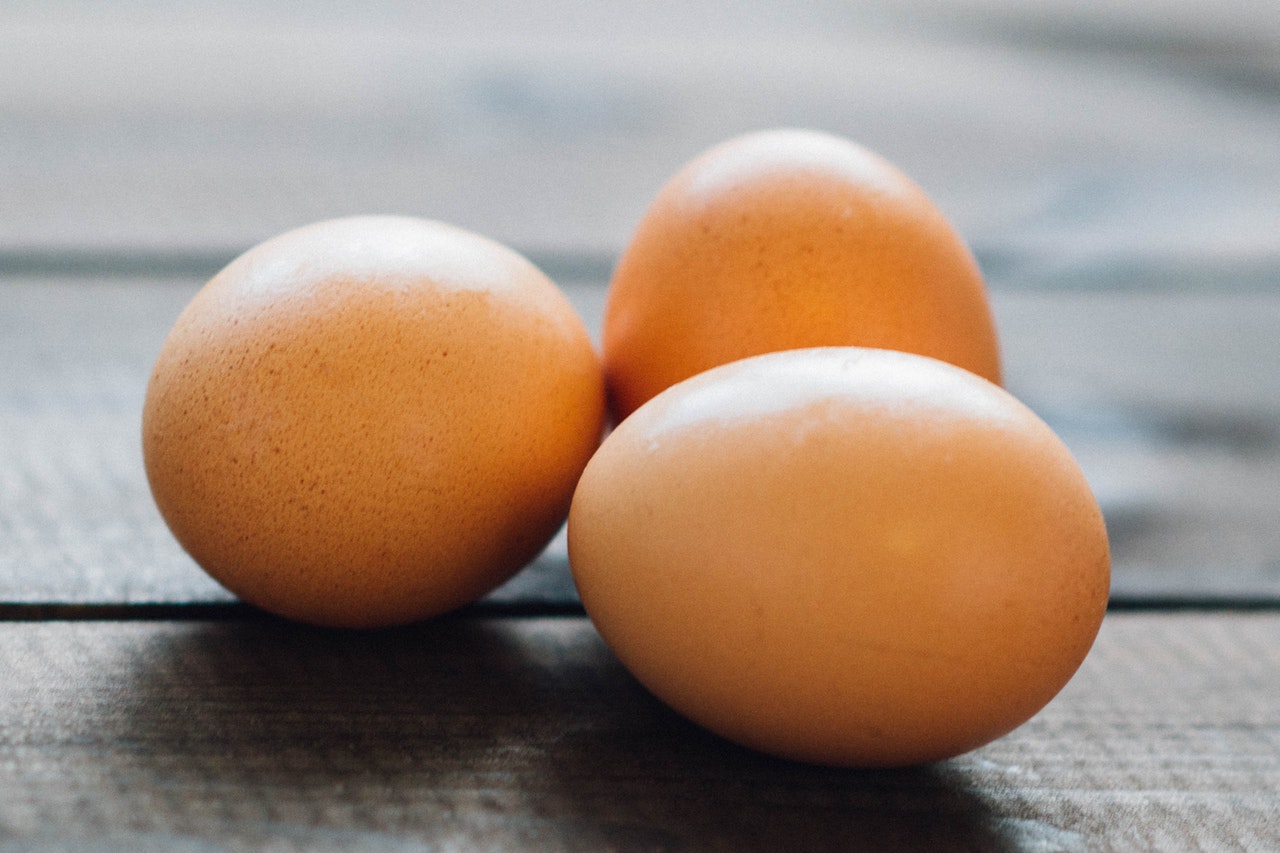
STEP 3. Eggs should be completely cooled at room temperature.
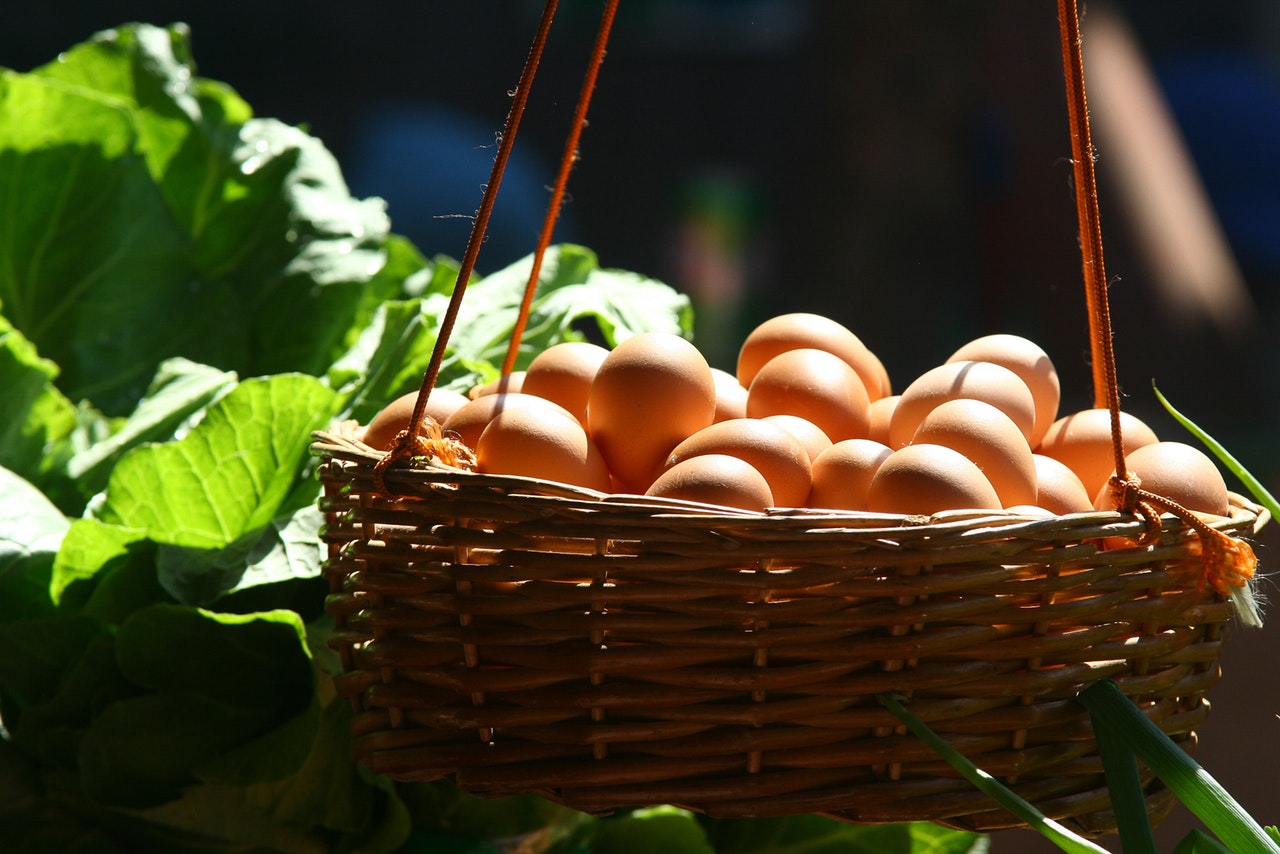
STEP 4. What you need to know about eggs is that they are then cleaned and disinfected to prepare for selling in a commercial market. Most importantly, the cleaning process separates the good eggs from the bad. Consequently, during this process chemicals and contaminants are introduced to conventional that compromise your eggs.
Local farmer eggs are usually unpasterized and may have a coating on the outside of the shell. Most importantly, can be quickly rinsed with tepid water and stored not he counter.

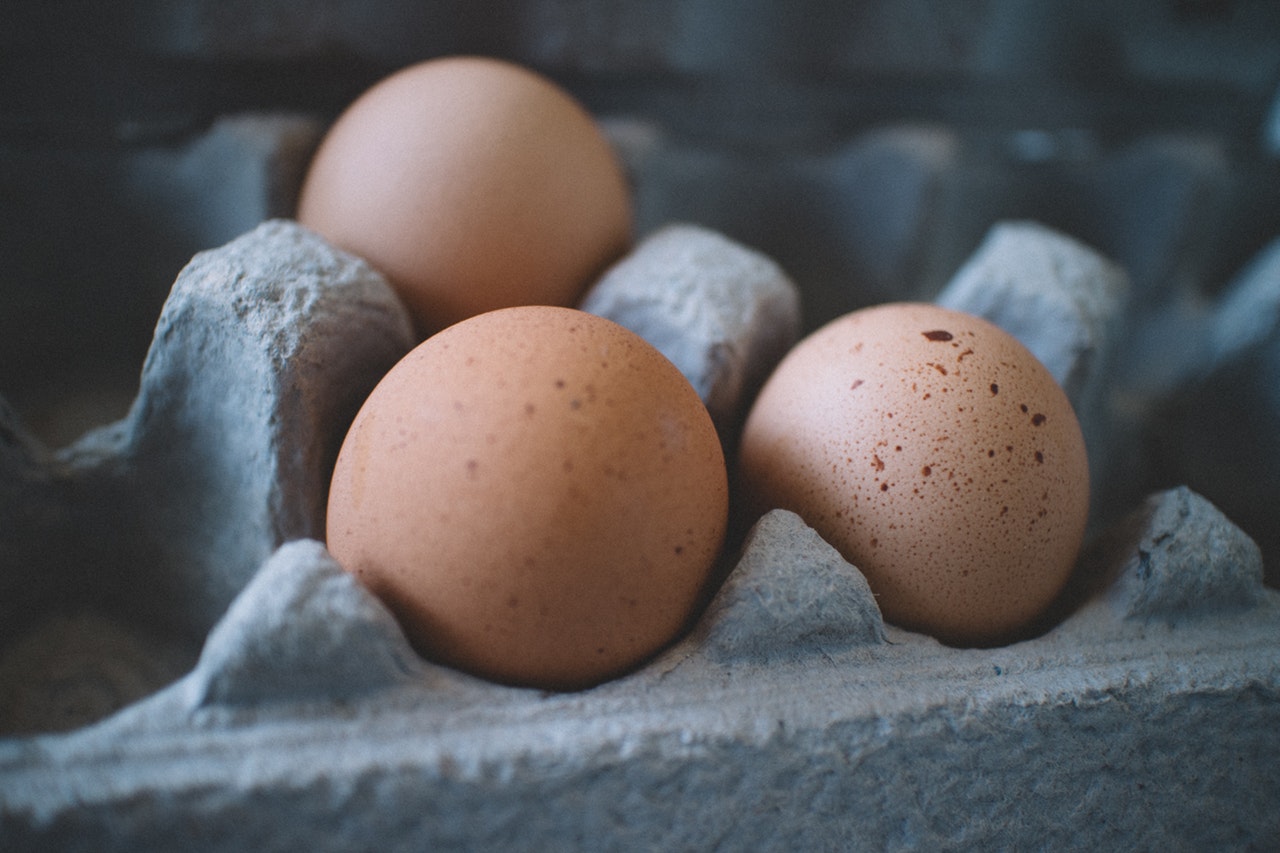
The Big AHA: What You Need to Know About Eggs
ORGANIC
The guidelines for organic producers and organic pasture raised eggs is strict. They must perform a wet-cleaning using non-synthetic detergents (there’s a list). Most of them use a mixture of vinegar, water and hydrogen peroxide. This is a very quick process. Subsequently, a dry brushing technique is highly recommended for small producers.
CONVENTIONAL
Conventional eggs and omega-3 ‘enriched eggs’ are cleaned and disinfected with synthetic chemicals such as chlorine and lye. Cheap factory farms are reckless negligent when washing with chlorine and lye. For instance, when chemicals raise higher than 40 degrees, the egg risks thermal cracking. The egg literally sucks the washing solution into it without an actual physical crack.
Quick Labeling Guide
Nutrition at a glance – one egg has:
Why French Eggs Are Cleaner

Dispelling The French Omelette Myth
Resources
LOCAL HARVEST. ORG local farm fruits, veggies, eggs and dairy.
CSA pick-ups and front door delivery.

